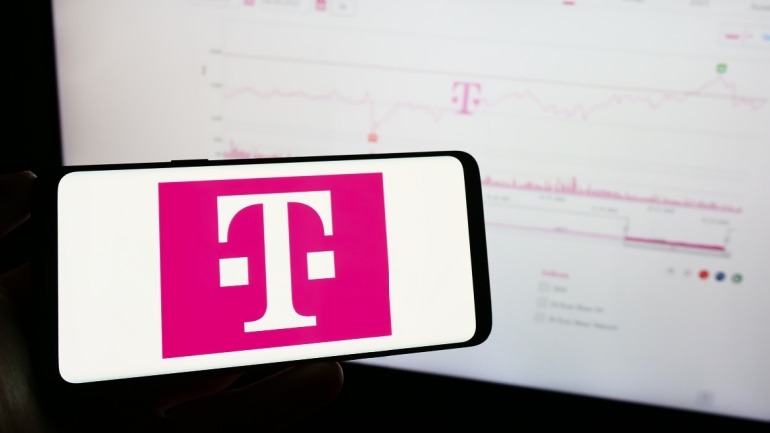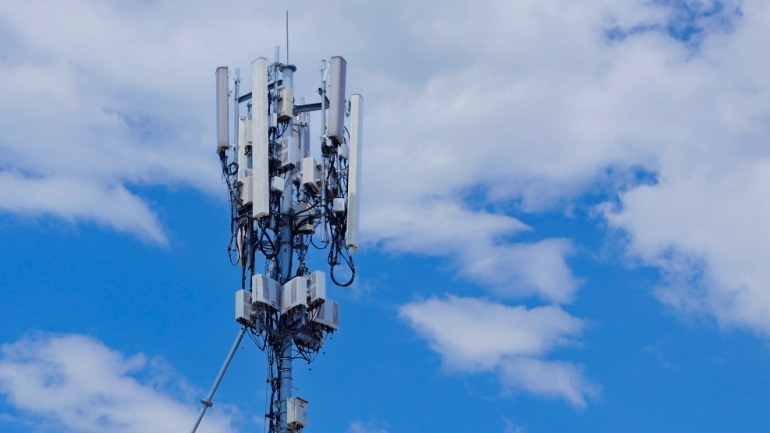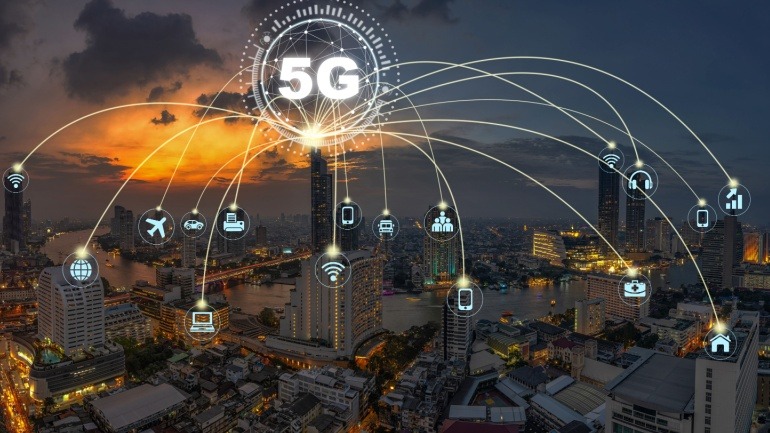VoIP technology is revolutionizing telecommunications, and the partnership between Ericsson and Chunghwa Telecom is a testament to this transformation. This collaboration enhances Taiwan’s 5G infrastructure, integrating advanced VoIP solutions to boost efficiency and sustainability.
Viettel has pioneered Vietnam’s digital evolution with its first commercial 5G service, revolutionizing connectivity across 63 provinces. Leveraging 6,500 base stations, Viettel ensures seamless communication, crucial for tourism, healthcare, and smart cities.
T-Mobile US and TCL have unveiled a revolutionary 5G RedCap USB-C dongle, the TCL LINKPORT IK511, in North America. Utilizing the Snapdragon X35 5G Modem-RF System, it delivers impressive speeds up to 220Mb/s.
Deutsche Telekom is charging forward in the VOIP industry with bold targets for 2027, focusing on AI to boost revenue and operational efficiency. Aiming for 4% annual growth, they’re set to revolutionize global connectivity.
The UAE-based telecoms giant, e& UAE, has shattered records by achieving a staggering 62 Gbps speed on their cutting-edge 5G-Advanced network. By amalgamating high and low-band frequencies, leveraging MU-MIMO technology, and collaborating with Ericsson, they enhance download speeds.
The Republic of Korea Navy is enhancing its military capabilities by implementing a private 5G network for its Smart Naval Port project. This collaboration with Samsung and KT aims to revolutionize naval operations with AI-enabled connectivity, real-time video control, and optimized security.
Siemens partners with LS Telecom to globalize its private 5G system, expanding beyond Germany. This collaboration aims to deliver advanced 5G solutions across various industries. With LS Telecom’s expertise, Siemens enhances its 5G capabilities, focusing on high-frequency bands in Europe and the US.
RACSA and Nokia have launched Costa Rica’s first 5G network, targeting key urban centers and marking a major shift in connectivity. With 30 sites already in cities like San Jose, their plan to expand to 500 shows the transformative potential of 5G.
Airtel’s partnership with Nokia under the Green 5G initiative marks a significant stride in sustainable telecommunications. By integrating energy-efficient technologies, Airtel enhances its 4G and 5G radio networks, optimizing energy usage and reducing CO2 emissions.
Egypt has finally embraced 5G technology, as Vodafone, E&, and Orange secure their licenses, marking a pivotal moment in its telecom landscape. With a $675 million investment for 15-year 5G licenses, Egypt aims to enhance communication capabilities.













